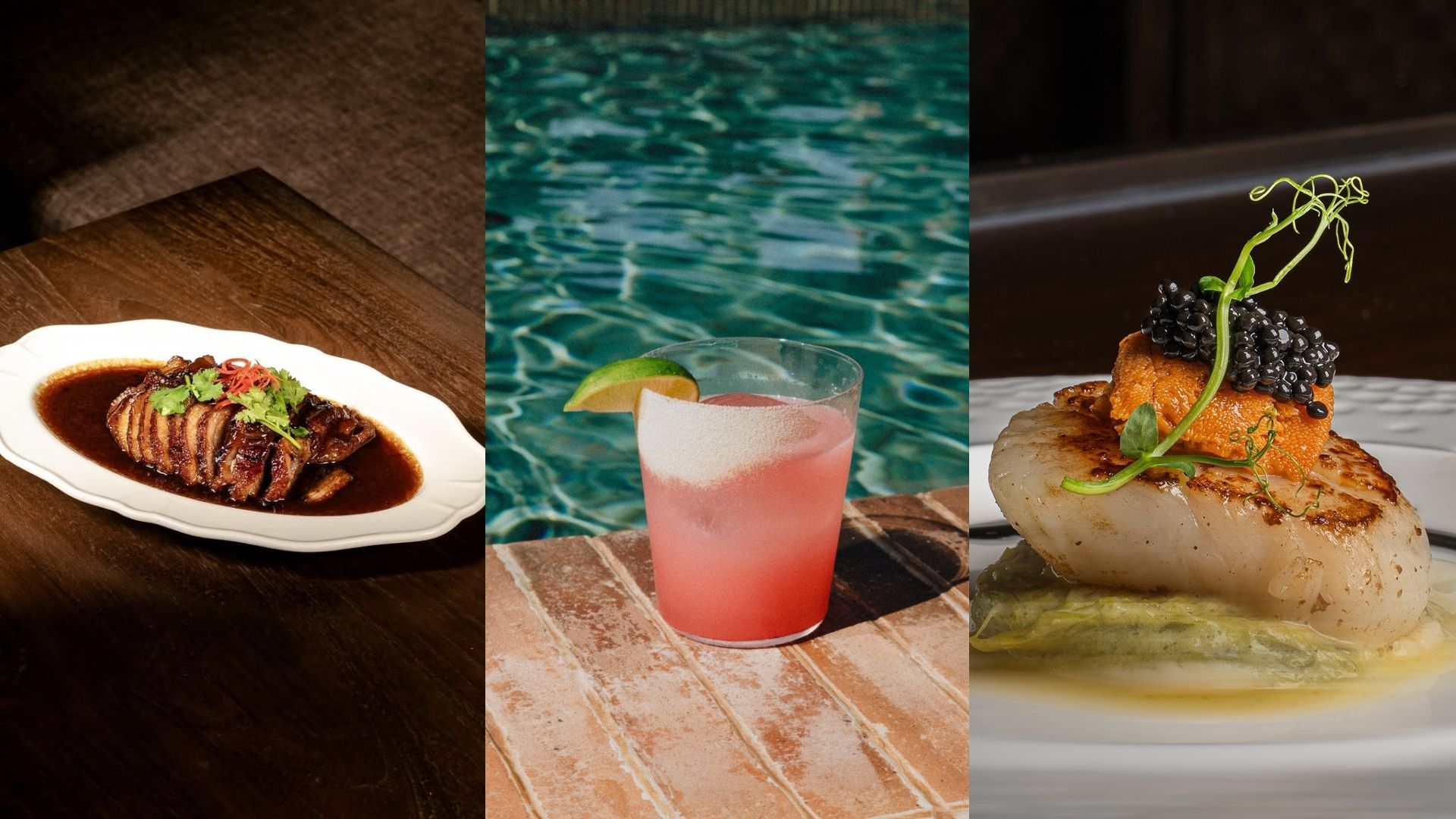More than just a simple act of sipping wine, wine tasting is a cultural event that revolves around the appreciation of the art of winemaking. It has a dedicated pool of enthusiasts passionate about exploring the nuances of different wine varieties. Don’t let the unique terminology or intricacies of wine tasting intimidate you, delve deeper into the culture to become a true connoisseur!
What is Wine Tasting?
Wine tasting is an artful process that requires a keen sense of smell, taste, and sight. It involves evaluating the quality and characteristics of a particular wine. Wine enthusiasts often participate in wine-tasting events, where they get to experience different types of wines and learn about the winemaking process.
During wine tasting, tasters often look at the wine’s color, swirl it around to observe its viscosity, and then take a sip, allowing the wine to linger in their mouth to evaluate its taste and texture. Tasters also smell the wine, trying to identify the different aromas present. Wine tasting is a fun and educational experience that allows individuals to explore their palates and appreciate the intricacies of winemaking.
Things to Do When Wine Tasting
Reserve or Make an appointment
Heading to a wine tasting isn’t the same thing as going to a restaurant or your favorite coffee house. Yes, some places may also need a reservation, but wine tasting is more of an organized event. Unlike eating out at a dining place where you can devour the food without having to do something else, there are things to do when wine tasting. For example, guests might have to take a little walk if it’s in a vineyard. With things scheduled, an appointment is typically mandatory so attendants can have a complete and tailored experience.
Hold the Stem Part of the Glass
A wine glass typically has a bowl, stem, and base parts. The bowl is the upper, round part, and the stem is the middle, stick part. The stem is where you should hold the glass. But most people still hold the glass by the bowl. While some say that grabbing it by the bowl will warm the wine, the real reason we have to grip it by the stem is to have a controlled swirl. Also, we don’t leave a mark on the bowl. Grip the glass with your thumb, index, and middle fingers.
See the Wine
Seeing the wine is the first step of wine tasting, which is to examine the wine. Don’t have a quick glance. Instead, take a look at the overall appearance of the wine. Examine its color and clarity. Also, you can try to see how the color might change under the light. The intention of looking at the wine is also to tell the difference between each wine.
Swirl the Wine
Wine tasting is all about getting the entire experience. Therefore, the do’s and don’ts of this practice also have their own reasoning, including swirling the wine in a glass. The particular action is for nothing but the aroma of the wine. You would want to smell your wine, and swirling it would let out the aroma for us to smell. Remember, don’t use a total force to swirl it, or you might spill everywhere.
Sniff the Wine
After swirling the wine to let out its aroma, the immediate action is to sniff it. Sniffing the wine is a way for you to get acquainted with the notes you’ll pick up. You put your nose into the glass and inhale it deeply. Remember the point of the whole wine tasting experience is to examine it as well, so what kind of scent do you think the wine has? The wine might remind you of something you’re familiar with.
Sip the Wine
It’s a knowledge you must know before heading to a wine tasting: you should take sips of the wine instead of drinking the whole content. Gulping the drink makes it hard to cleanse your palate. That’s why, with each wine, it’s wise to do a little pour and take small sips. Let the wine swish around your mouth. Don’t chug the wine, either.
Savor the Wine
After using your sense of smell, it’s time to operate with your sense of taste. As mentioned above, you’ll let the wine swish around your mouth, hitting all the palate. But don’t just savor it. Examine its flavor; is the acidity good enough? You feel its texture, too. After you spit it out, there’s one more thing to do. The wine will most likely linger in your mouth. So, remember the lingering flavor too.
Discard the Wine Every Now and Then
Sometimes, wine tasting can transform into an occasion where you indulge in drinking. However, wine tasting is not meant to be an event where you consume excessive amounts like you might at a bar. Like coffee cupping or smelling perfumes, our senses must be fresh for each sample. Discarding the wine after tasting will refresh our senses most of the time. It also helps you to distinguish the taste of each wine and differentiate them from one another.









